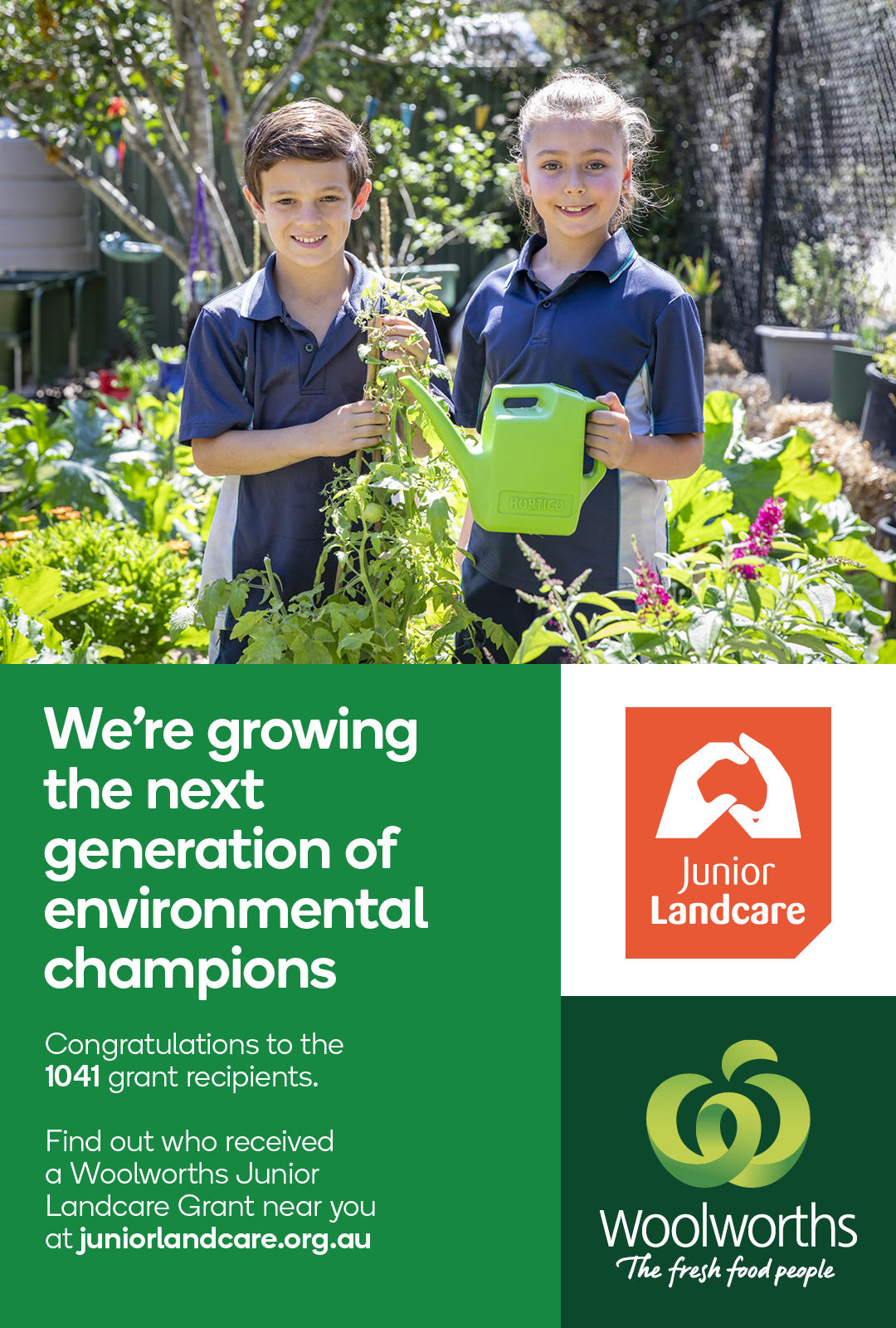News

To help get students hands-on with learning about colour theory in class, Our Lady of the Angels Primary School in North Kellyville, NSW set about growing a Colour Wheel Garden.
Not only did the children love planting and picking their own flowers, the garden has become alive with pollinators. It also provided the school an opportunity to install mini worm farms made out of plumbing pipe and inspired a bit of friendly competition between grades to see who could collect the most banana peels and apple cores to feed their worms.
We spoke with Maree MacDermid at the school about tips for educators and volunteers wanting to set up a Colour Wheel Garden of their own.
What inspired your Colour Wheel Garden?
The children do some work on colour theory in class and we got to wondering how we could use this in the garden. I had read that pollinators were more attracted to blue, yellow, purple and white flowers and so we discussed this and wondered why. This took us down the path of adaptations and the anatomy of bee eyes. We learnt that bees have five eyes – three simple and two compound eyes – which are made up of many tiny lenses that help them see into the ultra-violet spectrum and that they can see colours we cannot. What a superpower!
When did you get planting and how long did it take between planting and the flowers to bloom?
We started the Colour Wheel Garden a little late – we were still waiting for our winter crop to finish so did not actually plant up the garden until the end of Term 3, 2022. By the end of Term 4 the garden had not fully evolved, but by the time we came back for the start of 2023 school year, the garden had certainly blossomed. It would probably have worked well if we had started this at the beginning of Term 3 so the garden would have been in full bloom before the end of the school year.
What did the children enjoy most about the project?
The garden was divided into six sections and Grades 1 through 6 were each allocated a primary or secondary colour. We then made a mini-worm tower for each colour section. The children would bring in banana peels and apple cores to feed the worms for their grade colour. Worms have proven to be the most exciting part of the school garden. The children also loved being able to pick the odd flower or two for their teachers! Also, blue definitely won the prize for attracting the most bees – they were absolutely dancing around the blue borage.
Any tips for other schools wanting to do the same?
As the Colour Wheel Garden developed, so did the opportunities for learning. The things that cropped up included how our red wriggler worms could help improve the quality of the soil; managing curl grubs without pesticides; adaptations of bees, worms, birds and plants. We were also able to chat about seasonal planting; the difference between an annual and a perennial; water requirements and the challenge to farmers with changing weather patterns.
 Teachers & Educators
Teachers & Educators Youth or Community Groups
Youth or Community Groups
0 Comments